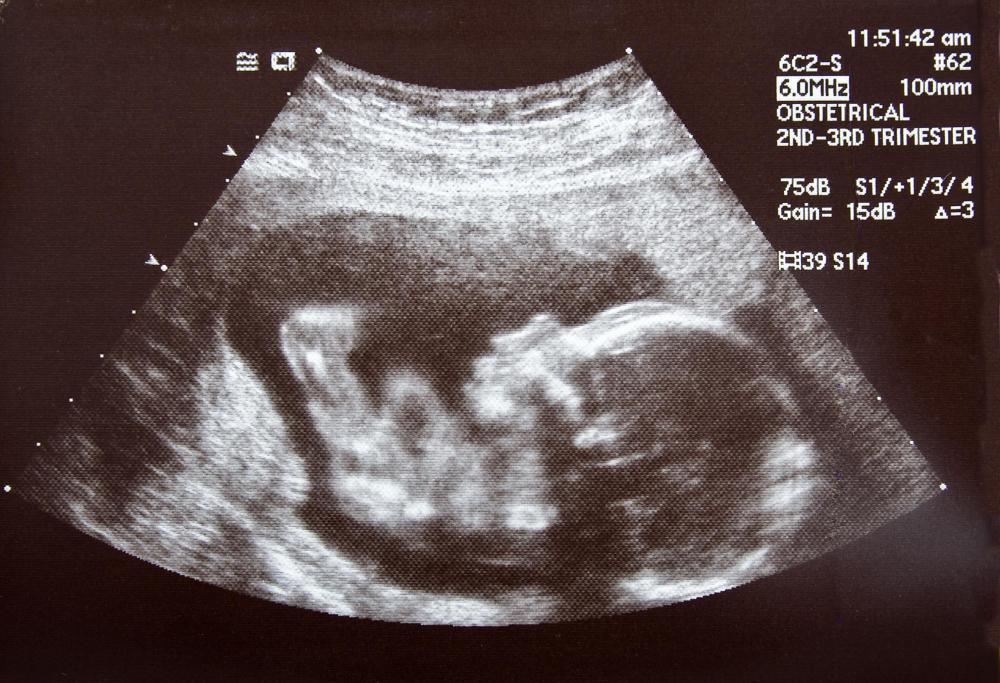At WiseGEEK, we're committed to delivering accurate, trustworthy information. Our expert-authored content is rigorously fact-checked and sourced from credible authorities. Discover how we uphold the highest standards in providing you with reliable knowledge.
What is an External Cephalic Version?
An external cephalic version, or version procedure, is a medical procedure that some physicians use to treat pregnant mothers who have a breech baby. Generally, a breech baby is a fetus in the breech position with its legs, feet or buttocks pointed in a downward direction toward the mother’s cervix. In many cases, a breech baby changes position in the uterus on its own, so that its head points in a downward direction. Vaginal delivery is generally safer for an infant who is delivered head first than for an infant in the breech position. In most cases, an external cephalic version is used to turn a breech baby around and point it in a head-down direction.
Physicians typically perform an external cephalic version after 36 weeks of pregnancy. This procedure is usually done before a mother begins to experience labor, although some mothers may undergo this procedure during labor if their amniotic sac has not ruptured. A physician typically monitors a fetus with ultrasound before and during an external cephalic version to avoid causing harm to the unborn child. Fetal ultrasound also confirms the location of the placenta, the position of the fetus and the amount of a mother’s amniotic fluid in most cases. Doctors often monitor fetal heart rate before, during and after this procedure.

In many cases, a mother may receive a medication to relax the uterus prior to an external cephalic version. A doctor typically begins an external cephalic version by placing his hands on the outside of a mother’s abdomen and performing a forward roll maneuver to move the fetus up and out of the mother’s pelvic bones. Then, the physician usually turns the entire fetus until it is positioned with its head pointed downward. The procedure is typically stopped if the fetus has a sudden decrease in heart rate. If a first attempt at changing the position of the fetus is not successful, some doctors may make another attempt after the mother receives an epidural anesthesia.
Physicians often perform an external cephalic version without serious complications. In some instances, an emergency cesarean section may be used when a doctor is not able to correctly reposition a fetus or when the fetus is in distress. Some mothers may experience premature labor or premature membrane rupture due to a version procedure. The mother or fetus may experience some blood loss during this procedure. In some cases, a baby may return to a breech position after a version procedure has been performed.
AS FEATURED ON:
AS FEATURED ON:











Discuss this Article
Post your comments